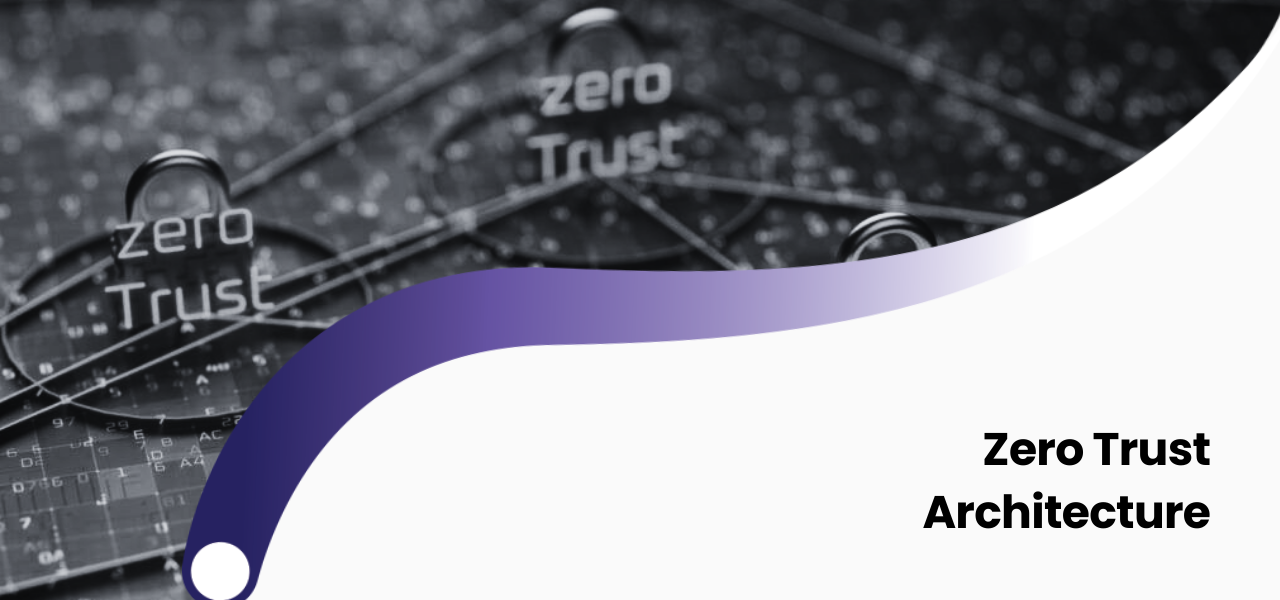The principle of Zero Trust is simple: trust no one and nothing by default. Whether inside or outside the network, every user and device must go through strict authentication and continuous verification before accessing the system.
What is Zero Trust?
Zero Trust is the opposite of traditional network security. In the “castle-and-moat” model, once someone connects to a VPN or internal network, they gain access to everything. In the Zero Trust model, every single request must be verified separately.
Essentially, Zero Trust rests on three core principles:
Trust no one by default.
Verify and authenticate every request.
Grant minimal access and monitor continuously.
Core Principles of Zero Trust
1. Continuous Monitoring and Verification
Zero Trust assumes that an attacker may be both inside and outside the network. Therefore, every login, session, and request is re-verified. Once sessions expire, re-authentication is required.
2. Least Privilege Access
Users are only granted the permissions necessary to perform their role. For example, an HR employee can only access HR-related systems and not other resources.
3. Device Management and Security
Zero Trust applies not only to users but also to devices. Any device connecting to the network must be registered and meet security standards, including antivirus updates.4. Microsegmentation
The network is divided into smaller zones. Each zone requires separate authentication, preventing attackers from moving laterally across the system.5. Multi-Factor Authentication (MFA)
Passwords alone are not enough. Users must provide additional verification, such as an SMS code, mobile app approval, or a physical security key.Why Do We Need Zero Trust?
Problems with Traditional Security Models
If an attacker gains access via VPN, they can move freely across all systems.
Data is no longer stored in one data center, but across cloud and SaaS platforms.
Remote work and access from different devices increase risks.
Benefits of Zero Trust
Prevents data breaches. According to IBM, the average cost of a data breach exceeds $3 million.
Reduces risks. Since each user has minimal privileges, attacks cannot spread widely.
Secures remote work. Employees can safely access systems from outside the office.
Simplifies compliance. Meets requirements of GDPR, HIPAA, and similar regulations.
Key Technologies in Zero Trust Architecture
Zero Trust Network Access (ZTNA): Replaces traditional VPNs and creates direct, encrypted connections between devices and resources.
IAM (Identity and Access Management): Manages user identities and permissions.
SIEM (Security Information and Event Management): Monitors activity and detects anomalies.
MFA (Multi-Factor Authentication): Adds extra verification layers.
Endpoint Security: Monitors devices and detects compromise attempts.
Zero Trust in Java Applications
Every request is verified with JWT; session cookies alone are not enough.
Microservices do not automatically trust each other and must use mTLS or tokens.
Users are granted only the minimum privileges required.
Devices connecting to the network are continuously checked for compliance.
MFA requires additional verification beyond passwords.
An API Gateway validates authentication at the edge and protects services.
All activity is tracked through SIEM and monitoring systems.
Limitations and Challenges of Zero Trust
Complex implementation – Zero Trust is not just a technology but a strategy, requiring time and resources.
High initial costs – IAM, MFA, SIEM, microsegmentation, and other technologies require significant investment.
Integration issues – Legacy systems may not easily fit Zero Trust standards.
Impact on user experience – Frequent authentication and MFA can frustrate users if not balanced well.
Cultural change – Zero Trust demands a mindset shift, not just technical tools. Teams must adapt to new ways of working.
Continuous monitoring – Requires constant oversight and updates to defend against evolving threats.
Implementation Phases of Zero Trust
Infrastructure assessment – mapping systems, users, devices, and risks.
IAM setup – managing identities and permissions, implementing MFA and SSO.
Least privilege principle – ensuring RBAC and ABAC policies are applied.
Microsegmentation – dividing the network into zones and limiting lateral movement.
Device security – ensuring endpoints meet security standards.
Monitoring and analytics – using SIEM and SOAR to detect anomalies.
Testing and optimization – penetration tests, user experience adjustments, and audits.
Conclusion
Zero Trust is not just a technology — it is a philosophy for modern cybersecurity. Built on the principle of “trust no one, verify everything,” this model reduces attack surfaces, prevents data breaches, and minimizes risks.
In today’s digital transformation era, data no longer resides in a single data center; it’s distributed across clouds, remote work devices, and multiple applications. In such an environment, the traditional “castle-and-moat” model is no longer sufficient.
Zero Trust ensures security for both businesses and users, making it the new standard of cybersecurity. For modern organizations, adopting Zero Trust is no longer optional — it is essential, because the secure digital future can only be built on this model.
 +994512060920
+994512060920





